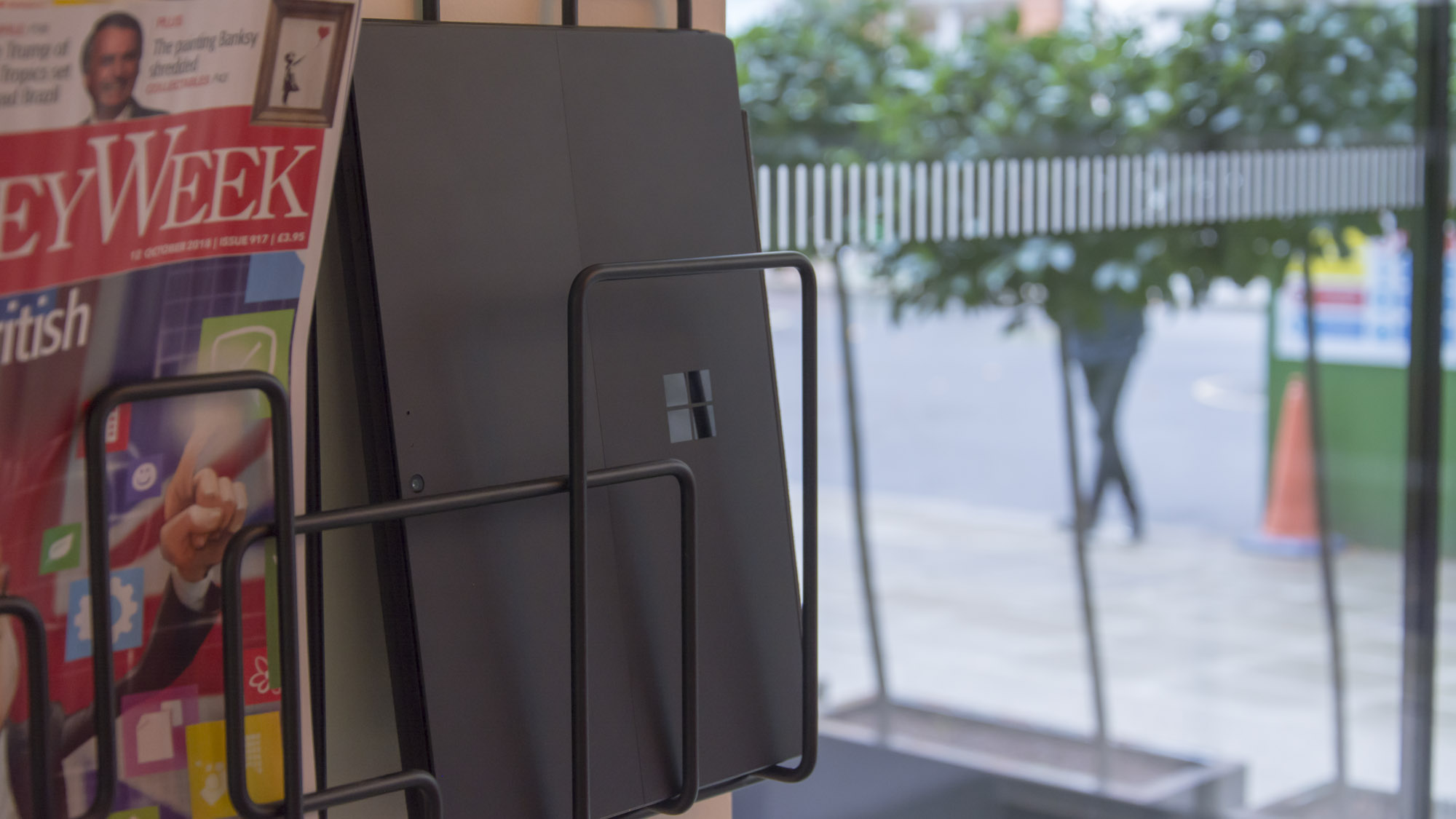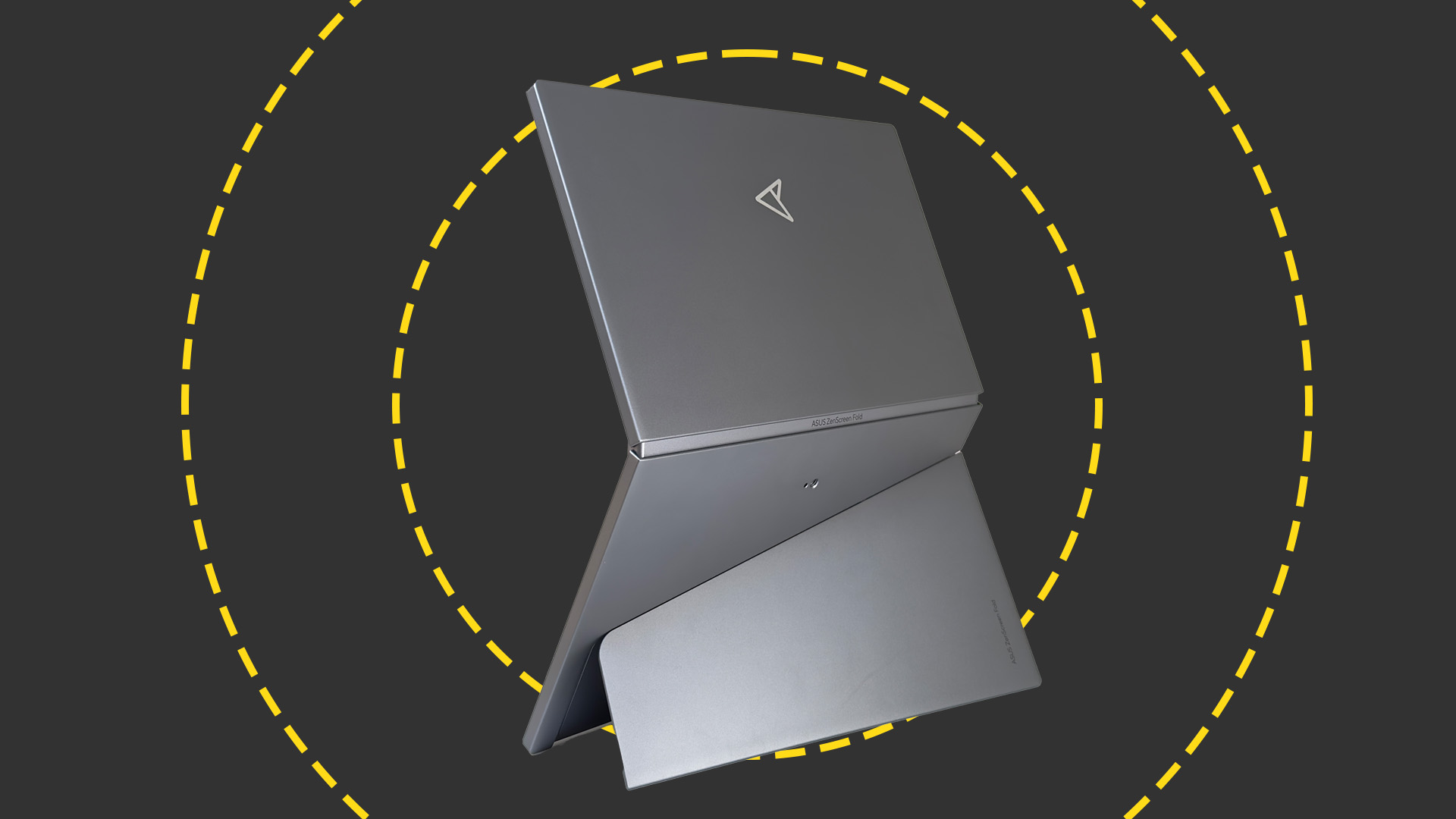Print market 'must be prepared for disruption'
What does an increasingly digital landscape mean for the print channel?


The print industry is currently undergoing some enormous changes as both manufacturers and channel firms attempt to overhaul their businesses in line with the digital-focused, disruptive landscape.
Analyst group Quocirca's recently released Global Print 2025 report shows 71% of print industry executives expect to face market disruption in the future. However, only 39% say their organisations are very well prepared for it.
When asked to identify the biggest challenges facing them over the next seven years, 74% of respondents cite the movement from a product-centric to a service-centric model - a concern reflected throughout the IT channel.
But while the importance of paper documents will continue to diminish as digital alternatives to paper-based processes become more popular, areas such as mobile and cloud printing, security and paper-to-digital workflow are expected to represent significant opportunities for the industry.
Adapting to a changing market
"The Global Print 2025 report revealed that top supplier requirements amongst end-user organisations are security expertise, ability to automate processes and delivering analytical insight," Louella Fernandes, director of research at Quocirca, tells Channel Pro.
"The channel is well positioned to address these needs by expanding their managed service and document workflow solution offerings," says Fernandes. "This will help increase their relevance and longer-term revenue opportunities."
Phil Oakley, UKI large format business manager at HP, says customers are increasingly recognising the benefits of managed services, such as "price stability and being able to leverage ongoing expert input on increasingly important factors such as security."
ChannelPro Newsletter
Stay up to date with the latest Channel industry news and analysis with our twice-weekly newsletter
Oakley says the move to digital print technology is also allowing more to be done with individual machines. "By utilising the managed service approach, this is providing opportunities for channel firms to enter markets they hadn't previously considered," he tells Channel Pro.
James Pittick, director of B2B indirect sales at Canon UK agrees that with the ongoing shift from Capex to Opex, it will be important for partners to look to additional and new business models, including recurring revenue or offering more services in the cloud.
"Disruptive trends and technologies such as IoT and AI require close working partnerships between partners and vendors to ensure propositions are developed to stand out in the crowded market and truly deliver additional value to customers," he tells Channel Pro.
"Successful vendor-partner relationships in 2018 will collaboratively support business planning, marketing, sales and fulfilment," he adds.
Elsewhere, managing director at Brother UK, Phil Jones MBE, says the channel needs to overcome issues like pinched profit margins that stem from higher import costs.
"This is happening as customers demand greater value and against a backdrop of an ageing workforce and end users becoming increasingly mobile. Resellers becoming more adaptable is key to meeting such varied challenges," he says.
Attracting a younger workforce
Around 70% of respondents to the Quocirca study said they recognised the importance of addressing the demands of millennials, who will represent three-quarters of the workforce by 2025.
However, Jones notes that the office product sector has an ageing workforce and struggles to attract young, emerging talent.
"Many young people are highly aspirational, and a channel firm's offering as an employer must compete with a range of different sectors looking for talent. But, improving the workplace culture doesn't have to mean splashing out on a ping pong table, or having people bring their dogs to work.
"Rather, firms can become more people-focused, and make small wins like flexible working, career progression plans and dynamic workgroups. Initiatives like these can help businesses achieve big gains in attracting new talent," he tells Channel Pro.
Jones argues that changing to become more service-orientated "does not happen overnight" and that the channel must invest in the right skills and draft in relevant expertise if they wish to deliver new services.
"Doing this sooner rather than later will allow resellers to adopt viable business models more resilient to potential economic shocks, and that are more relevant for the future," he says.
Despite an anticipated drop in print volumes, the Quocirca research shows that print industry executives are positive about the future - and those that are likely to succeed are those that invest in software and big data expertise, becoming trusted partners to assist customers with their digital transformation projects, and delivering analytics-based insights into workflow efficiency.
"To capture potential they will need to transform how they operate, move to a managed services model, create segmented offerings and leverage analytics to understand their customer base," says Fernandes.
"Channel partners must themselves embrace innovation and digital transformation to provide the products and services that businesses expect in today's digital era."
Christine has been a tech journalist for over 20 years, 10 of which she spent exclusively covering the IT Channel. From 2006-2009 she worked as the editor of Channel Business, before moving on to ChannelPro where she was editor and, latterly, senior editor.
Since 2016, she has been a freelance writer, editor, and copywriter and continues to cover the channel in addition to broader IT themes. Additionally, she provides media training explaining what the channel is and why it’s important to businesses.
-
 Asus ZenScreen Fold OLED MQ17QH review
Asus ZenScreen Fold OLED MQ17QH reviewReviews A stunning foldable 17.3in OLED display – but it's too expensive to be anything more than a thrilling tech demo
By Sasha Muller
-
 How the UK MoJ achieved secure networks for prisons and offices with Palo Alto Networks
How the UK MoJ achieved secure networks for prisons and offices with Palo Alto NetworksCase study Adopting zero trust is a necessity when your own users are trying to launch cyber attacks
By Rory Bathgate